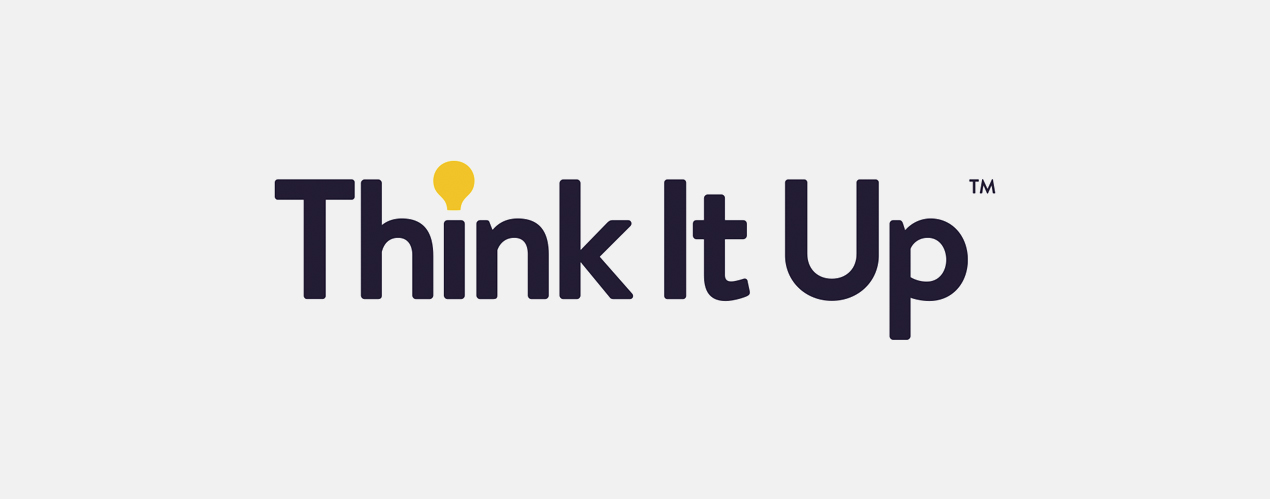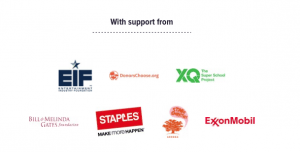The Purpose of Think It UP!
Many years ago, the late Nobel Prize winner Albert Schweitzer was being interviewed in London and a reporter asked him, “Doctor, what’s wrong with men today?” The doctor then replied, “Men simply don’t think.”
When I heard this from one of Earl Nightingale’s lectures, it made me question my classroom practices. Are my students allowed the opportunity to truly think?
Oh we know they can memorize, especially at the elementary level – with math facts, phonic sounds, historical events and so on – but are they really allowed the time to think and wrestle with the profundity of presented ideas as well as their own originated ideas?
Attending Donorschoose.org and EIF’s highly energetic launch of ‘Think It UP’ last night was yet another reminder of the power of student choice and student voice. Student choice is critical because it truly ascribes purpose to their work. Sometimes, the work students are given doesn’t have purpose (at least not to them); they didn’t identify it, they may not be personally connected to it nor rarely do they own it. They are merely doing it because the teacher said so. But I dare to ask –
What is purposeful work?
In Daniel Pink’s book, DRIVE, he points out that purpose, not money, is the true motivation of people within in an organization. Are your students leaving a legacy and contributing to a larger cause with their work? Does their work have purpose to them as well as the community at large?
In one of the ‘Think It Up’ video clips, a bright eyed high school student was still in awe as she shared the outcome of their student led ‘Day of Peace’ project, which addressed the rising gun violence throughout their community. Another student mentioned that developing their project allowed them to be a part of making history instead of just learning about it. It was easy to see these students discovered purpose within those student led classroom projects.
I’m discovering that successful people aren’t just problem solvers, they are problem identifiers. When students are able to collaborate with other students, as well as their teacher, and identify problems and projects that have meaning to them, the level of engagement rises and the purpose of their work drives them develop those critical ‘non-cognitive abilities’ Paul Tough mentions in his book, ‘How Children Succeed’ – resilience, resourcefulness, perseverance and grit. Tough also highlights that it is these skills, not high test scores, which are highly predictive of success in college and in life.
We are living in an age of innovation, therefore our educational system must prepare our students for an age that doesn’t exist. They must have experiences to create and execute while building internal confidence that their work matters.
This is not saying that the projects teachers assign are not as important as student driven projects but there should be opportunities in class for both. As teachers, we will not be with our students as they go through the phrases of life and into their adulthood. They will only have their experiences, their minds and hopefully the ability to ‘Think It Up’.
Go support a student driven project today at ThinkItUp.org
Think It Up Photo Gallery

I finally had the chance to meet fellow board member, Richard Lovett, President of Creative Artist Agency!
Share this post













